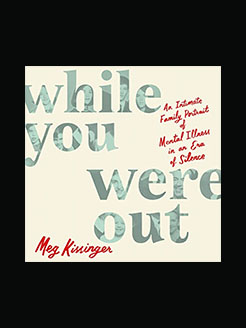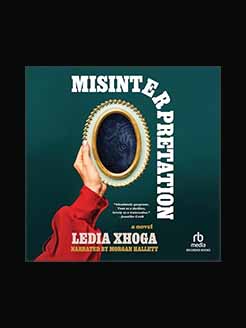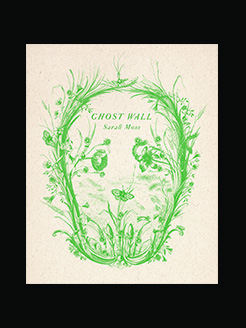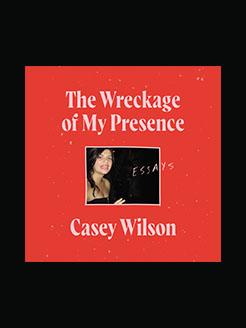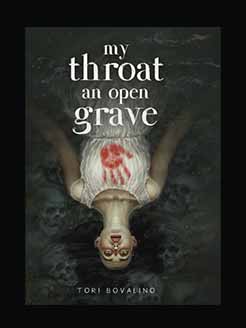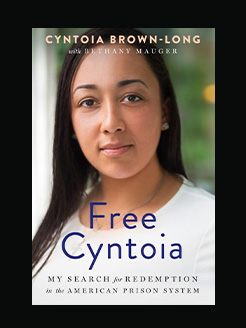Published in 1992
296 pages
Leila Ahmed (Arabic: لیلى احمد) is an Egyptian American professor of Women’s Studies and Religion at the Harvard Divinity School. Prior to coming to Harvard, she was professor of Women’s Studies and Near Eastern studies at the University of Massachusetts Amherst. She earned her undergraduate and graduate degrees from the University of Cambridge before moving to the United States to teach and write. In her 1999 memoir A Border Passage, Ahmed describes her multicultural Cairene upbringing and her adult life as an expatriate and an immigrant in the West. She tells of how she was introduced to Islam through her grandmother during her childhood, and she came to distinguish it from “official Islam” as practiced and preached by a largely male religious elite. This realization would later form the basis of her first acclaimed book, Women and Gender in Islam (1993), a seminal work on Islamic history, Muslim feminism, and the historical role of women in Islam.
What is this book about?
Are Islamic societies inherently oppressive to women? Is the trend among Islamic women to appear once again in veils and other traditional clothing a symbol of regression or an effort to return to a “pure” Islam that was just and fair to both sexes? In this book Leila Ahmed adds a new perspective to the current debate about women and Islam by exploring its historical roots, tracing the developments in Islamic discourses on women and gender from the ancient world to the present.
In order to distinguish what was distinctive about the earliest Islamic doctrine on women, Ahmed first describes the gender systems in place in the Middle East before the rise of Islam. She then focuses on those Arab societies that played a key role in elaborating the dominant Islamic discourses about women and gender: Arabia during the period in which Islam was founded; Iraq during the classical age, when the prescriptive core of legal and religious discourse on women was formulated; and Egypt during the nineteenth and twentieth centuries, when exposure to Western societies led to dramatic social change and to the emergence of new discourses on women. Throughout, Ahmed not only considers the Islamic texts in which central ideologies about women and gender developed or were debated but also places this discourse in its social and historical context. Her book is thus a fascinating survey of Islamic debates and ideologies about women and the historical circumstances of their position in society, the first such discussion using the analytic tools of contemporary gender studies.
